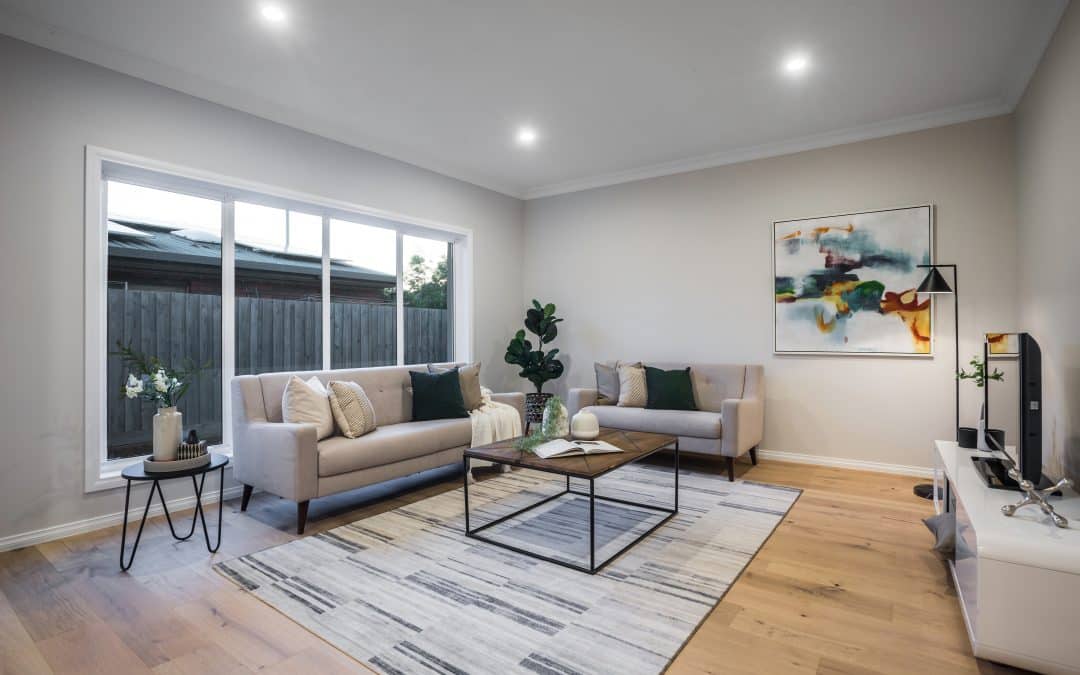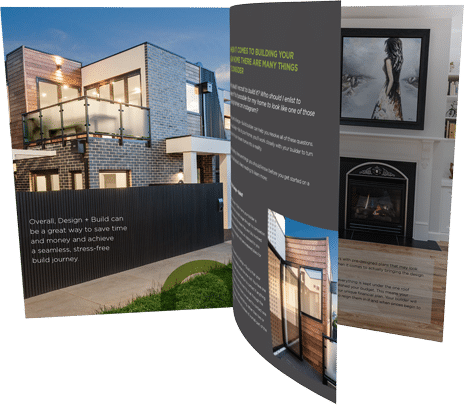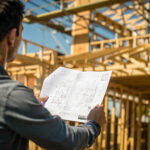The evolution of everything is picking up pace at an exponential rate. The modern era sees change that’s constant, rapid and seemingly unstoppable.
So now, the checkpoint of a new decade is upon us. We are at the start of ‘the 20s’ and the things we consider cutting edge right now will be viewed as antiquated and passé come 2029.
Bit of course, that’s a little way off yet.
As we flip forward into 2020, what do we, at RODA, believe lies ahead for the building industry?
Here are our thoughts on what the new year might bring.
Shrink, but don’t compromise
There’s no doubt that across major population centres, space is at a premium – and this is only going to get worse.
While some people can afford the added cost of additional square metreage in our big cities, for the majority of the population, we need to do more with less.
The reasons are fairly obvious.
Affordability is an issue when it comes to land in prime locations. Most people don’t want to compromise on position and are willing to reduce their expectations of space in order to secure a home within the suburbs they desire.
In addition, we are continually looking for ways to eke out additional area from our dense urban landscapes. Infill is necessary, but often means smaller-than-usual footprints to work with. This also creates smaller, sometimes irregular, sites too.
But even with these compromises, residents still demand a comfortable, liveable home. As such, design must get smarter, so expect to see new ways of adapting layouts to make a home feel bigger than it actually is.
Fortunately, technology has become smarter and more affordable as well, and that’s helping houses adapt.
Layout of the future
The home of 2020 will include things such as flexible rooms and floor spaces.
We’ve been seeing a trend away from permanent open-plan layouts and toward separate room with multiple potential uses. They can be utilised as media spaces, offices, rumpus rooms – whatever the resident might require.
Also, homeowners want to utilise every square inch more efficiently and effectively. Maximising storage below homes, under stairs and even in outdoor areas is essential as we look to declutter living areas.
You might even see the evolution of moveable ‘hard structures’ in 2020 as well. Sliding doors that disappear into wall cavities proving seamless connections between indoors and outdoors helps give the illusion of space too.
Other storage ideas are even more dramatic. Items such as car lifts are already being used to increase vehicle accommodation options in small homes. It’s an interesting use of ‘dead airspace’ to elevate a car!
Eco and tech
Another element of 2020 design will be adapting to the demands of sustainability.
There is an expectation that sometime in the next two-to-three years, the cost of producing an electric vehicle will be similar to that of a petrol-driven car.
The end result will be common use of electric cars – so homes will need to handle that.
Battery charging units for your vehicle will become more and more usual. In addition, solar power feeding into home batteries will be the standard as we seek to go ‘off grid’ for our power sources.
Technology will also continue to play a huge role in our lives, and that will flow on to the design of our homes.
Expect to see ‘recharge stations’ in every home. These are areas set aside where residents and their guests can park their devices and juice up the battery. By the time the dinner party is over, not only can you easily find your mobile phone, but it’s got 100 per cent power.
Smart technology continues to become cheaper and cleverer as well. Voice activation of lights, security systems, blinds, air conditioning and just about any other home operation will be the norm.
Wifi connectivity is expected in the modern home, but we’ll continue looking at placement and networking during design and construction that will help residents maximise access to Wifi. Need your 5G to reach the study, bedroom and lounge over a decent distant? Booster units may well be included in construction contracts come 2020.
Left of centre
The idea of 3D printing continues to gain momentum, and it’s creating waves in the building industry too. Don’t be surprised to hear of bespoke home components being developed via this technique in coming years.
It’ll be an extension of off-site prefabrication where components of the build will be ‘printed’ away from the construction location and then trucked in to fit together like a jigsaw puzzle. Laser measure-and-cut technology makes this sort of construction technique even more accurate than in decades past.
In summary, much of what will be the big construction changes in 2020 will be an evolution of existing technologies.
Of course, staying on top of the moves takes hard work. To be ahead of the game, make sure you chat with your trusted builder before locking down a home design. They’ll discuss how you can future-proof your home to enjoy maximum benefit from the cutting edge of new developments.






